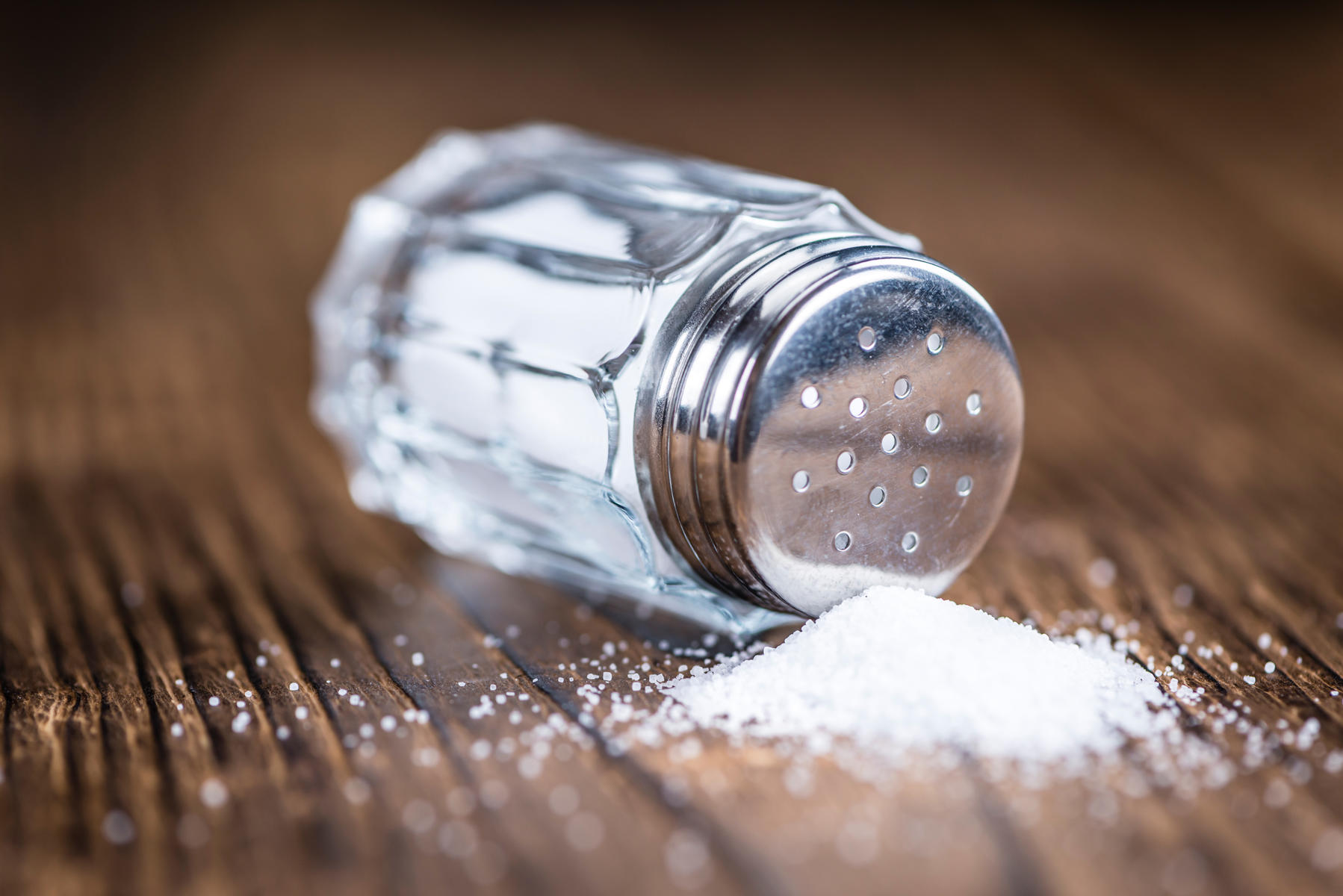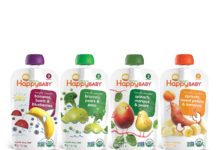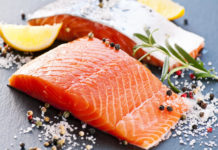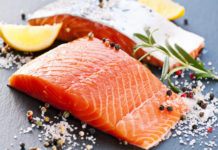
Did you know that the average American child, from ages 6 to 18, takes in about 50 percent more salt than the recommended daily amount? Even if you keep the salt shaker far from your kiddo's reach, he can still get way too much of the stuff. In fact, the saltiest of culprits come from pizza, bread, cold cuts, cheeseburgers, snacks such as chips, chicken patties, nuggets and tenders, pasta with sauces, and soups (especially instant), according to Craig Peters, M.D., chief of pediatric urology at Children's Health and professor of urology at UT Southwestern.
Of course, salt isn't all bad—it's important for a myriad of physiologic functions, from transmitting nerve impulses, contracting and relaxing muscle fibers, and maintaining an adequate balance of fluids. However, excess salt intake is associated with hypertension, a major risk for heart disease and stroke. And these conditions can begin in childhood. According to a report published in the journal Nutrition, 79 percent of 1 to 3 year olds, 87 percent of 4 to 5 year olds and 90 percent of 6 to 18 year olds consume too much salt every day.
In order to determine the normal amount of salt necessary for children, retired Northern California-based integrative pediatrician and Stanford professor, May Loo, M.D., says that it's important to understand and distinguish the difference between the element sodium (Na) and salt. "Table salt is NaCl, sodium chloride, which contains 40 percent sodium, while packaged foods usually list salt content as sodium in mg (milligrams) per serving," Dr. Loo explains. "Actual salt content would be 2.5 times that amount (if sodium content is 100mg, the salt content would be 250 mg." In other words, the amount of sodium in a food actually translates to more than twice the amount of salt.
Of course, it falls on the parents' and caretakers' shoulders to limit the amount of salt in their children's food—and experts say that it's better to do so sooner than later. "Their tastes preferences for foods develop early in life, avoiding salt at the table and adding extra salt to food is likely something they will continue in their future," says Alison Mitzner, M.D., a pediatrician in New York City.
Unsure as to whether or not your child might be overdoing it on the salty stuff? Here, experts reveal the most common signs—and what you should do to limit their intake.
Excess thirst
Since sodium holds onto water, more sodium in the body means more water is needed, explains Dr. Loo. If you notice that your child is unusually thirsty and there are no obvious explanations, such as hot weather or exercise, consider evaluating the amount of sodium in her diet, taking into account all foods—meals at home and at school, processed foods, snacks, and drinks. Dr. Loo adds that many sports drinks, often marketed to children and adolescents as healthy drinks, contain high amounts of sodium.
Cravings for salty foods
Let's face it, salt makes food taste a whole lot better, so it's no surprise that your child is more likely to reach for a bag of potato chips than a stick of carrot. If you notice your child turning his nose up to anything with a low-salt content, Dr. Loo suggests introducing him to different herbs and spices in cooking, such as adding parsley or pepper instead of salt to scrambled eggs. Additionally, work with your child's school to ensure that they serve low-sodium meals for students.
High blood pressure
Seven percent of children ages 3 to 18 have either pre-hypertension or hypertension, according to a study published in American Family Physician. "As in adults, hypertension in children is often silent, meaning the child may feel no symptoms and parents can detect no signs, yet, as blood pressure increases, arterial blood vessels increase in thickness, predisposing the child to cardiovascular disease," explains Dr. Loo. The American Academy of Pediatrics recommends blood pressure checks with regular yearly well-child exams beginning at 3 years of age.
Dark, very yellow urine
While there are many different things that can make a child's urine dark yellow, one is too much sodium salt intake. "Dark, yellow urine with a strong smell is very common in people of all ages with high sodium intake, children included," says Dr. Peters. If you're not sure if your little one's pee fits the description, you can have your pediatrician perform a urine test called urinalysis to double check.
Snacking on packaged foods
Most packaged and processed foods are high in sodium, so it's best to avoid them—even when packing your child's lunch. Instead, replace them with healthier options, such as home-cooked popcorn, fruits, and vegetables. S. Daniel Ganjian, M.D., a pediatrician at Providence Saint John's Health Center in Santa Monica, California, suggests serving veggies with different dips, shapes and methods of cooking (baked, grilled, boiled, steamed).
Weight gain without sweets or fats
Parents often pay close attention to sweets and fats as causes for obesity, but studies have shown that weight gain can be associated with increased salt intake. "Obesity is an added risk factor for the development of high blood pressure and heart disease," says Dr. Loo. "Parents need to be aware of weight gain with salty foods." In addition to controlling sugar and fatty foods, she recommends parents monitor salty and high sodium content processed foods in order to maintain the child's sodium intake within the recommended range for their age.
Eating out often
While eating at a restaurant, especially a fast-food spot, is sometimes convenient and time-saving, it hurts your child's body. Dr. Ganjian recommends limiting eating out to no more than once every two weeks. "Even then, ask the restaurant to see their nutrition information before your order so you can order healthier, lower sodium options," he says. "When you order, ask them not to add any salt to the dish when cooking."
You, as the parent, eat too much salt
Monkey see, monkey do! While it's fine to use some salt in cooking (it brings out the flavor of meat and veggies especially), if you enjoy eating processed, salty foods, it's going to be hard to prevent any of it from creeping its way into your little one's mouth. "Learn to read the label while shopping and choose low sodium or no salt added packaged foods," suggests Dr. Ganjian.





